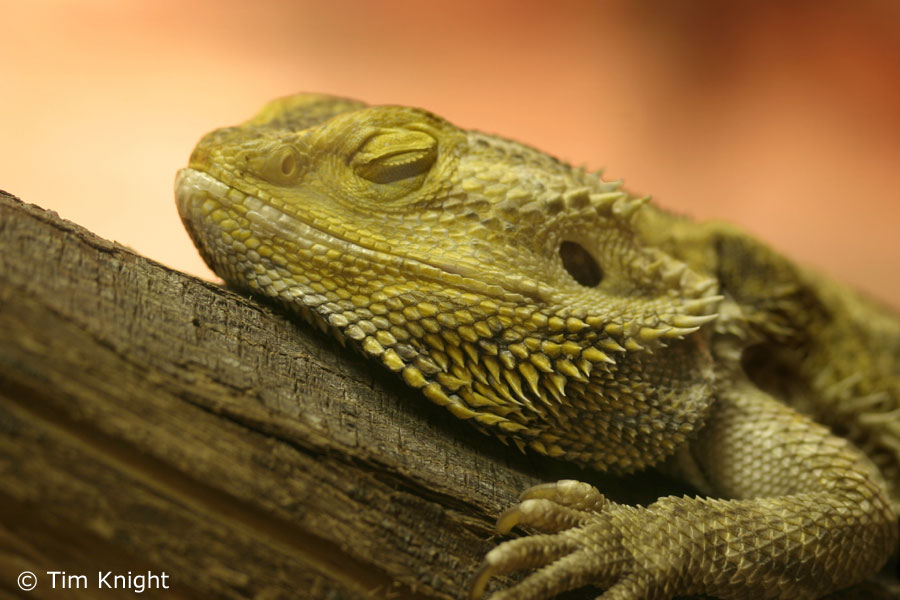Bearded Dragon Prolapse: Causes, Symptoms and Treatment
Bearded Dragon Prolapse: A Serious Condition to Watch Out For

Bearded dragons are one of the most popular reptile species kept as pets. They are known for their friendly disposition, low maintenance needs, and beautiful appearance. However, like any other pet, they are susceptible to various health issues, including prolapse.
A prolapse is a serious condition that occurs when an organ begins to protrude through the cloaca, the common opening for excretion and reproduction in reptiles. The cloaca is located at the base of the tail, and if any of the internal organs protrude through it, it can cause pain, discomfort, and even death if not treated promptly.
Causes of Bearded Dragon Prolapse
There are several reasons why a bearded dragon may experience prolapse. Some of the most common causes include:
- Constipation
- Impaction
- Reproductive issues
- Parasites
- Injury

Constipation and impaction are common issues in bearded dragons. When a bearded dragon is unable to pass stool regularly, it can cause a buildup of waste material in the intestine. The increased pressure can force the cloaca to prolapse.
Reproductive issues can also cause prolapse. Female bearded dragons can develop egg-binding, a condition where the eggs are unable to pass through the reproductive tract. The excessive straining can cause the cloaca to prolapse.
Prolapse can also occur due to an injury in the area surrounding the cloaca. If your bearded dragon falls or is accidentally injured, it can cause trauma to the pelvic area, leading to prolapse. Additionally, parasites can also cause inflammation and swelling in the cloaca, which can lead to prolapse.
Symptoms of Bearded Dragon Prolapse
If your bearded dragon is experiencing prolapse, the symptoms will be visible around the cloaca area. Some of the common symptoms include:
- Visible protrusion of organs through the vent
- Bleeding or discharge from the cloaca
- Difficulty passing stool or urine
- Lethargy
- Loss of appetite
- Agitation or restlessness
If you notice any of these symptoms, it is important to seek veterinary care immediately. Prolapse can lead to serious complications, including tissue death and infection.
Treatment for Bearded Dragon Prolapse
The treatment for bearded dragon prolapse depends on the severity of the condition. In mild cases, your veterinarian may attempt to manually push the organs back into place. However, in more severe cases, surgery may be necessary.

In addition to direct treatment, it is important to address any underlying health issues that may have contributed to the prolapse. Your veterinarian may recommend changes to your bearded dragon’s diet, adding supplements or medication, or addressing any injuries or infections in the area.
Preventing Bearded Dragon Prolapse
While prolapse can occur in any bearded dragon, there are steps you can take to reduce your bearded dragon’s risk. These include:
- Maintaining hygiene around the cloaca area, including regular cleaning
- Ensuring a balanced and healthy diet
- Maintaining proper temperature and humidity levels in the enclosure
- Providing ample bedding and hiding places
- Regular veterinary checkups

By following these guidelines, you can help keep your bearded dragon healthy and reduce their risk of prolapse.
Conclusion
Bearded dragons are prized pets for good reason, but like any animal, they require proper care and attention to stay healthy. If you suspect your bearded dragon is experiencing prolapse, seek veterinary care immediately. With prompt treatment and care, your bearded dragon can make a full recovery.
